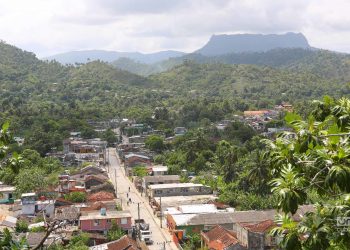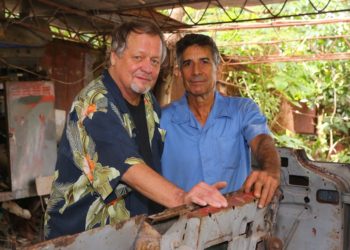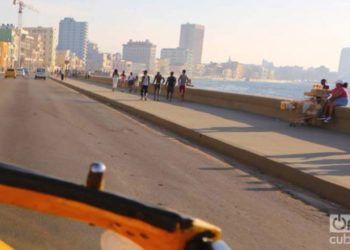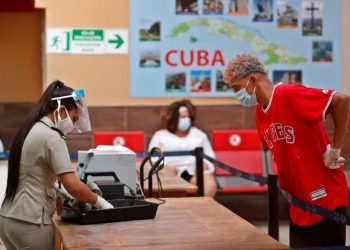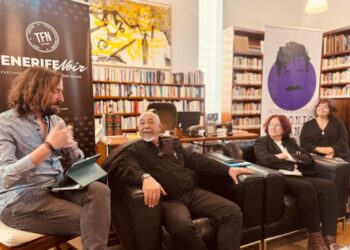Cuba´s fiesta de quince
Yusleidy sits atop the back seat of a pink 1953 Plymouth convertible as it cruises down Cienfuegos’ Malecón boulevard, horn blaring and trailing balloons. She’s wearing a fake-diamond tiara, elbow-length white satin gloves, and a strapless green sweetheart ball gown billowing over the car’s rear. She beams like Cinderella on her way to the ball. It’s Yusleidy’s fiesta de quince—a fifteenth birthday celebration for Cuban girls—and the moment she’s dreamed of since she was tiny, and that her mother has craved since a nurse exclaimed “It’s a girl!” I watch, enthralled, as a photographer captures Yusleidy posing demurely outside the exuberantly gauche Palacio del Valle. Then, right there in the parking lot, she strips down into swimwear, slips on six-inch rhinestone heels, and the family and photographers’ entourage troop through the lobby of the Hotel Jagua for a more risqué shoot by the pool. I’m shocked at the overt sexuality as Yusleidy’s ostensibly conservative mom tells her to pop her booty, tug down on her bikini strap, and show more skin. A quinceañera poses in Plaza Mayor, Trinidad, Cuba. Photo: Christopher P Baker “Incredibly, most girls ask to be photographed half-naked!” says photographer Maricel Vázquez Molina. Many mothers, apparently, want their...



